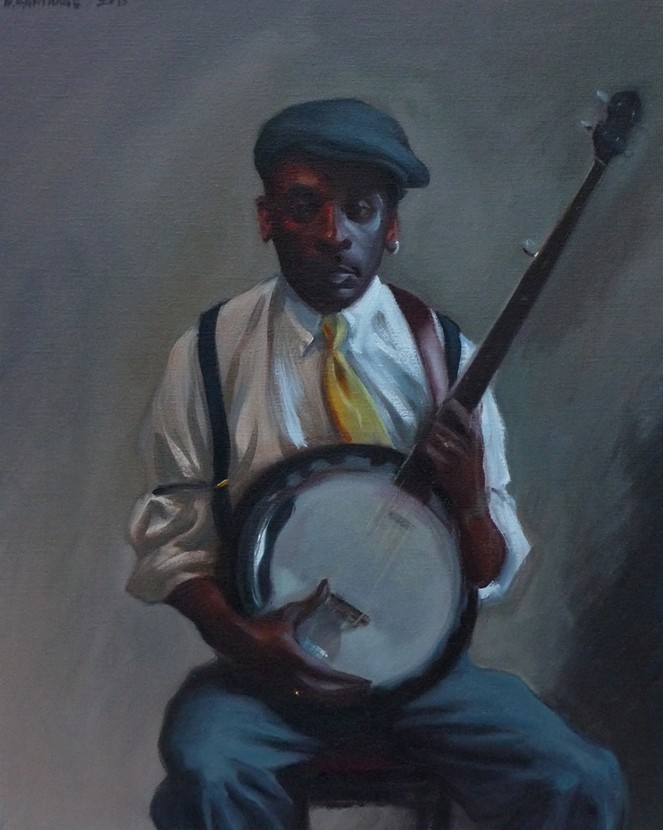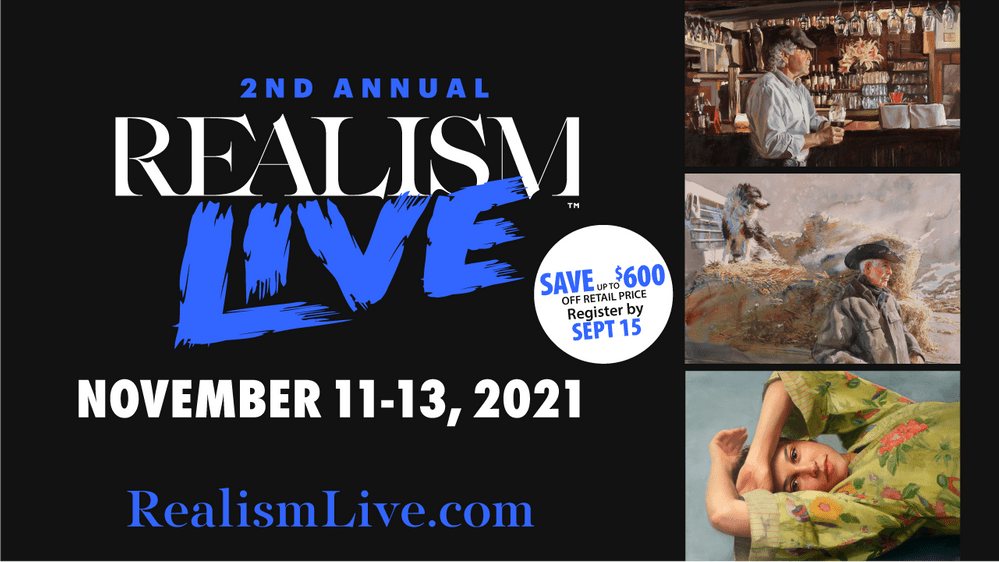American artist William Nathans has created his home in Dublin, Ireland, where he keeps an art studio and paints commissions in portraiture and landscapes. In this guest blog post, he takes us behind the scenes of his process for painting portraits.
BY WILLIAM NATHANS
When working on a portrait, I ask the sitter to pose for me in my studio or sometimes at a place that suits them. I prefer to work under natural light and begin and finish the portrait from life. I might start with a few pencil or charcoal drawings on a pad, or a quick oil sketch, in order to get a feel for the person or pose. It just loosens me up and helps to understand the composition.
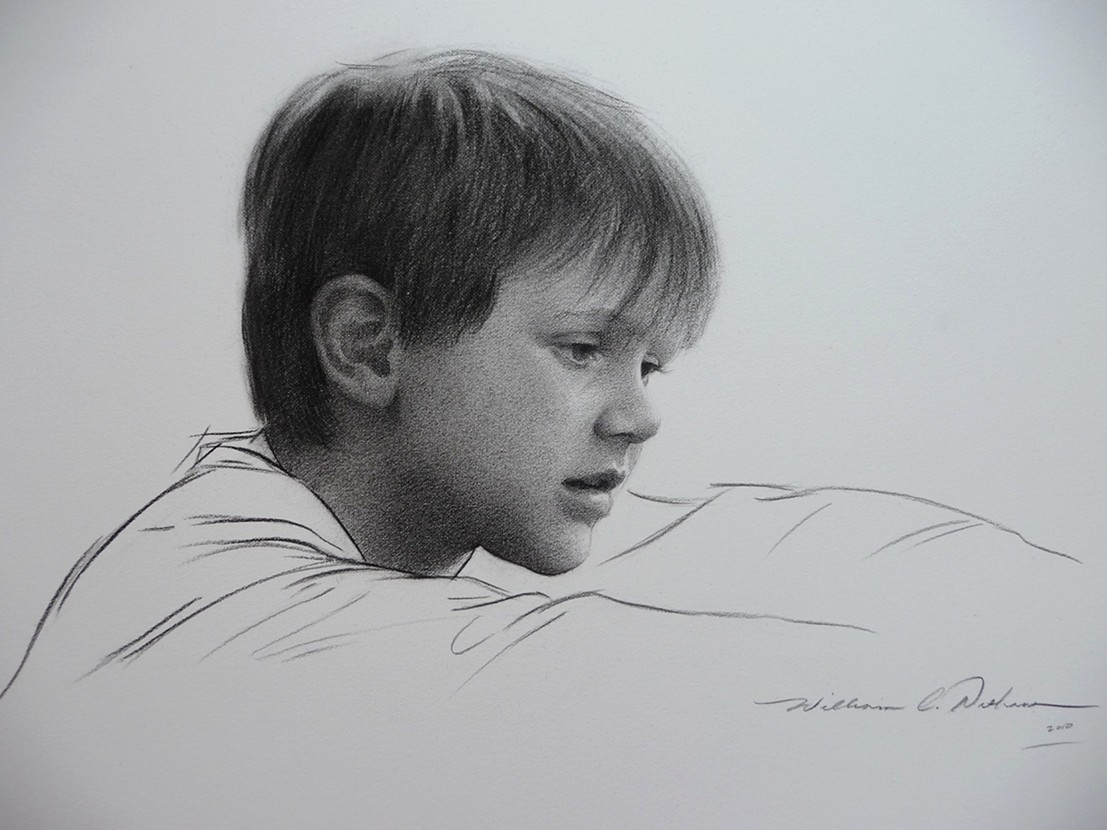
Once we have decided on size, I then begin to paint on the finished canvas. I start quickly, getting the essential color value notes placed correctly using paint — major forms, background, light and dark masses.
I don’t mind if the sitter is moving slightly or chatting. It actually helps me understand the person and also helps to relax them. I’m able to observe subtle nuances and gestures that I otherwise would not have noticed, especially if we are discussing topics that interest them. They become animated, and it’s this animation that I like to see.
There reaches a point in the session where we naturally cease speaking and are just quiet in each other’s company, listening to music or that train passing outside. It’s in these quiet moments that I might then proceed on a delicate area of the painting.
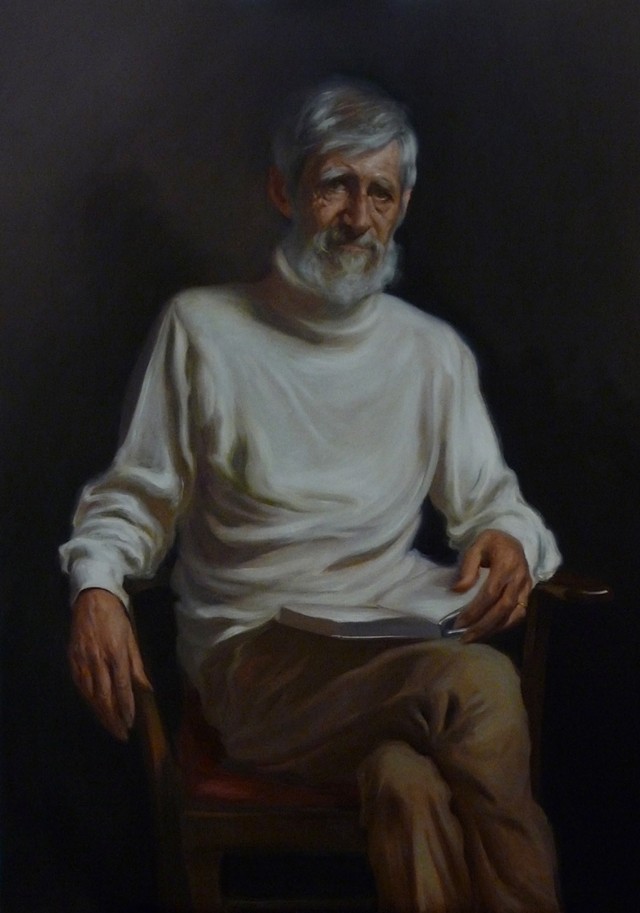
My Art Supplies for Painting Portraits:
I work on stretched oil-primed linen and use mainly Michael Harding and Winsor Newton professional oil paint. I jump between deciding on lead or titanium white for a portrait.
I use hog bristle to begin and sometimes finish with sables, mainly rounds and filberts of various sizes.
My main medium is just a little linseed or stand oil and a bit of turpentine in the beginning. I find the paint itself out of the tube sufficient for me. I use the oil near the end if I’m struggling with something. For example, if I’m struggling to paint the mouth or any other feature of the portrait properly and I’ve been pounding away at it to no avail then I begin to add more oil to the paint as I’m correcting. This fattens the layer of paint and provides a smoother finish and luster.
Related Article > Portraits in Acrylic: An Unconventional Approach
I always try and keep the final layers in oil richer than in the beginning stages. It’s not always that easy. There have been times when I’ve added so much paint that it looks too heavy, so I scrape it back and repaint it using a bit of oil. As long as I get it – no matter how – is what matters to me. I alternate between linseed and stand oil. The stand oil is thicker and helps to build up the layers in certain cases. To me, it’s all based on feeling.
I work using both sight size and comparative measuring, depending on the portrait. Full lengths I use sight size, but if it’s just a head I like to get closer.
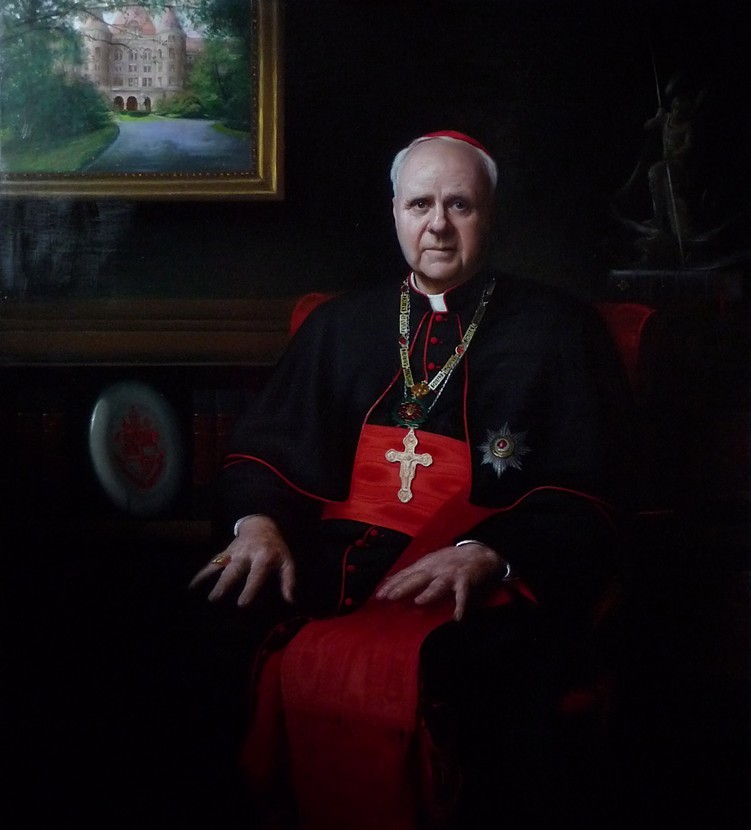
On Painting Portraits:
My favorite portraits by other artists are ones that appear to me to speak or move. There’s a life force that is captured, and it’s this life force that I strive to capture in my own work. I am reminded of a quote that hit me when I was studying, by painter Edwin Dickinson who said that love will find a way. I took this to mean that to find something to love in the person or sitter is essential to capturing that life force.
Some of the clients I have portrayed are Susan Denham, the first woman Chief Justice of Ireland; John Cardinal Foley; Justin Cardinal Rigali; RCSI Dean of Nursing and Midwifery Mary Frances Crowley; and professionals in the private sector.
Chief Justice Denham posed for the entire portrait in my studio. She was a dream sitter and understood the artistic process. This kind of understanding for the artist’s work method is rare from a client but is most appreciated and will only make the painting better.
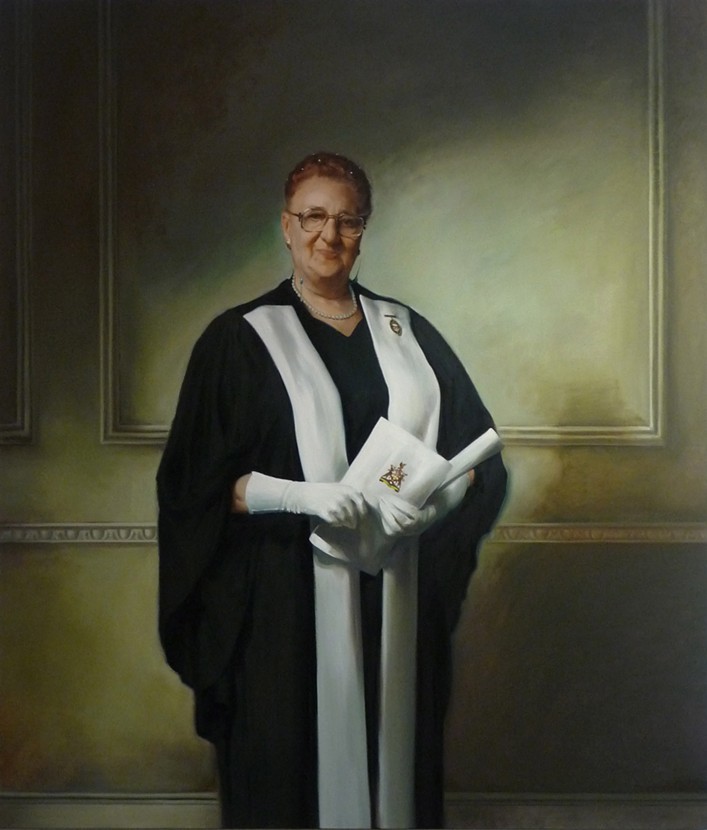
There is no comparison working from life. At times I have painted posthumous portraits, and I believe that my experience only working from life for so long has given me insight into understanding and interpreting a photograph.
My portraits are very different when viewed from life as compared to a screen. They are much brushier and looser. They look too smooth for my taste on the website.
Some portraits are easier to paint than others, and I have never been able to control that. Once I realize a portrait is going to be a slog, I roll my sleeves up and just get on with it. It can be brutal, but I eventually reach my goal. It might mean changing the lighting or the entire pose.
A case in point was a certain esteemed client who sat through eight sittings only to see me scrap the thing. I couldn’t live with it, nor could they, but luckily their confidence in me was undeterred, and another seven sittings on a new canvas finished it. It was a success and relief, but it taught me never to compromise or accept anything but my best.
All things considered, I feel as if I have not yet reached my heights as a painter, being still in my thirties. For some it comes very quickly, but I know for myself it’s a long, gradual progression and one that can’t be rushed. Please God I will have many more years to paint.
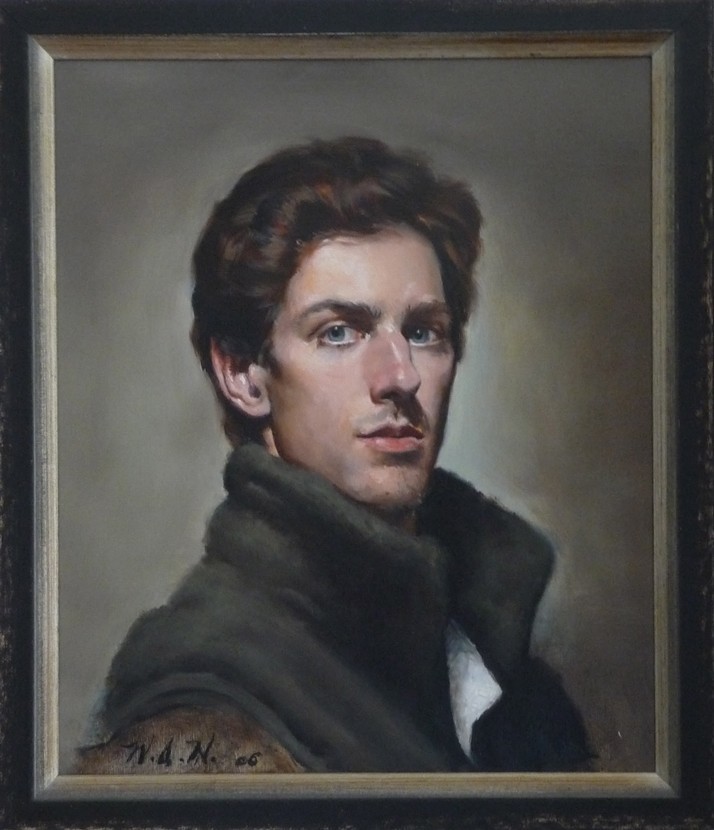
William Nathans is an American artist trained at the Visual School of Arts (NYC) and the Academy of Realist Art (Toronto). He lives in Ireland, where he has a studio in Dublin. William takes portrait and landscape commissions, exhibits his work, and teaches workshops in drawing and painting portraits and the figure in Dublin and in the US. Learn more about the artist at willnathanspaintings.com.
Visit EricRhoads.com (Publisher of Realism Today) to learn about opportunities for artists and art collectors, including:
- Art retreats
- International art trips
- Art conventions
- Portrait painting workshops (in person and online)
- And more!


